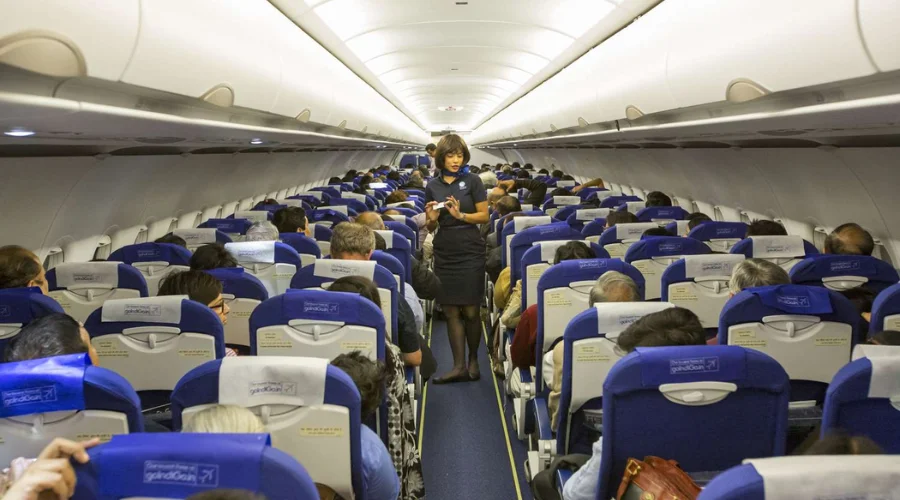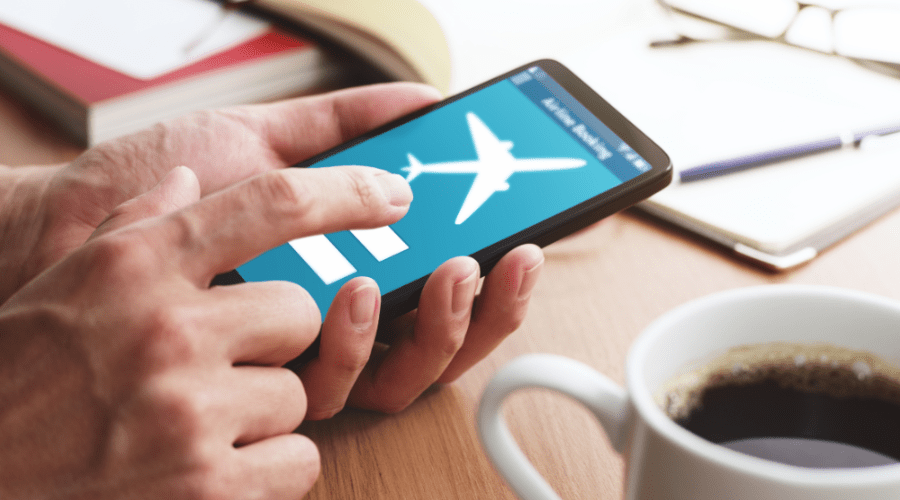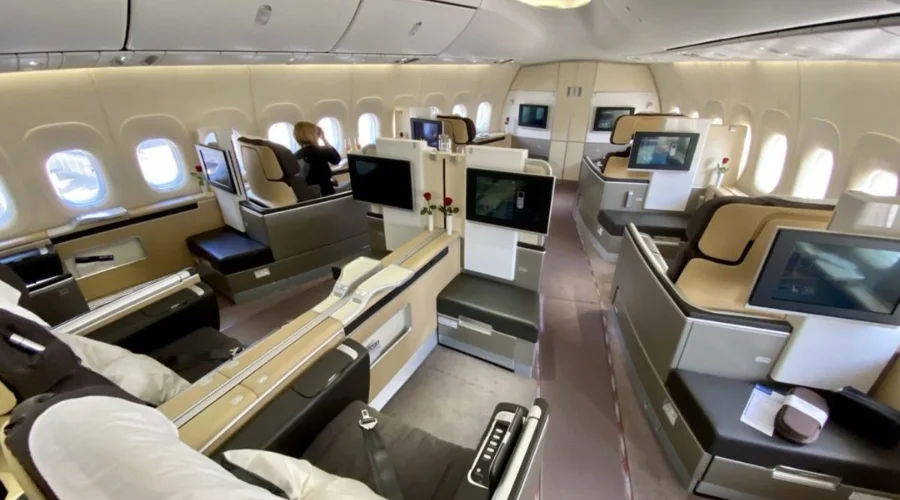
In the ever-evolving landscape of travel, domestic flights stand out as the beating heart of a nation’s connectivity. As planes soar through the sky, carrying passengers from one corner of a country to another, they create vital links, foster economic growth, and enable personal and professional connections. In this comprehensive exploration of domestic flights, we delve into the intricacies of this mode of travel, uncovering the reasons behind its popularity, the challenges it faces, and the future it envisions.
The Rise of Domestic Flights
Evolution of Air Travel
The history of domestic flights is intertwined with the evolution of air travel itself. From the pioneering days of the Wright brothers to the modern era of advanced aviation technology, domestic flights have become an integral part of the transportation fabric. The convenience, speed, and accessibility offered by air travel have propelled domestic flights into the forefront of the travel industry.
Accessibility and Regional Connectivity
One of the primary reasons for the popularity of domestic flights is the unparalleled accessibility they provide. With airports scattered across the nation, domestic flights ensure that even remote regions are not isolated. This has a profound impact on regional connectivity, fostering economic development, tourism, and cultural exchange. As airports continue to expand and upgrade their facilities, the reach of domestic flights extends, making it easier for individuals to traverse vast distances within the confines of their own country.
Challenges and Solutions in Domestic Flights
Infrastructure Bottlenecks
Despite the undeniable benefits, domestic flights face their fair share of challenges. Infrastructure bottlenecks, including crowded airports and airspace congestion, can lead to delays and inconvenience for passengers. To address this, governments and aviation authorities are investing heavily in upgrading airport facilities and implementing advanced air traffic management systems. These efforts aim to enhance the overall efficiency of domestic flights, making them a smoother and more reliable mode of travel.
Environmental Concerns
The environmental impact of air travel, including domestic flights, has become a focal point of discussions in recent years. The carbon footprint associated with aviation has led to calls for sustainable practices within the industry. Airlines are increasingly investing in fuel-efficient aircraft, exploring alternative fuels, and implementing carbon offset programs to mitigate their environmental impact. As technology advances, the goal is to make domestic flights more eco-friendly without compromising on efficiency.
The Passenger Experience
Technological Innovations
In the digital age, technology plays a pivotal role in shaping the passenger experience of domestic flights. From online booking platforms to mobile check-ins and in-flight entertainment systems, technology has transformed every aspect of air travel. Passengers now have the ability to track flights in real-time, access in-flight Wi-Fi, and enjoy personalized services, making domestic flights not just a means of transportation but an integrated part of the overall travel experience.
Comfort and Amenities
Comfort is a key factor that determines the popularity of domestic flights. Airlines are continually striving to enhance the comfort of their passengers, offering spacious seating, in-flight meals, and entertainment options. Premium services, such as business and first-class cabins, provide an elevated experience for those willing to indulge in luxury. The competition among airlines to provide top-notch amenities has resulted in an overall improvement in the quality of domestic flight services.
Future Trends in Domestic Flights
Technological Integration
The future of domestic flights is poised to witness even greater integration of technology. From the development of electric and hybrid aircraft to the use of artificial intelligence in flight operations, technological advancements are set to redefine the aviation landscape. These innovations not only promise to make domestic flights more efficient but also contribute to the industry’s goal of reducing its environmental impact.
Sustainable Practices
As environmental consciousness grows, the aviation industry is increasingly adopting sustainable practices. This includes the use of biofuels, the development of electric propulsion systems, and the implementation of eco-friendly airport infrastructure. Governments and airlines alike are recognizing the need to strike a balance between the convenience of domestic flights and their environmental consequences, driving the industry towards a more sustainable future.
Regional Expansion
The future of domestic flights also involves expanding connectivity to underserved and remote regions. Governments are investing in the development of smaller airports and regional airstrips to ensure that even the farthest corners of a country are accessible by air. This regional expansion not only stimulates economic growth in remote areas but also contributes to a more inclusive and connected society.
Conclusion
In conclusion, domestic flights stand as a testament to the progress and interconnectedness of our world. From the humble beginnings of aviation to the technologically advanced present, domestic flights continue to be a vital component of modern travel. Despite facing challenges, the industry is adapting, with a focus on enhancing infrastructure, mitigating environmental impact, and embracing technological innovations. As we look to the future, the trajectory of domestic flights seems to be one of sustainable growth, increased accessibility, and a continued commitment to providing passengers with a seamless and enjoyable travel experience.


